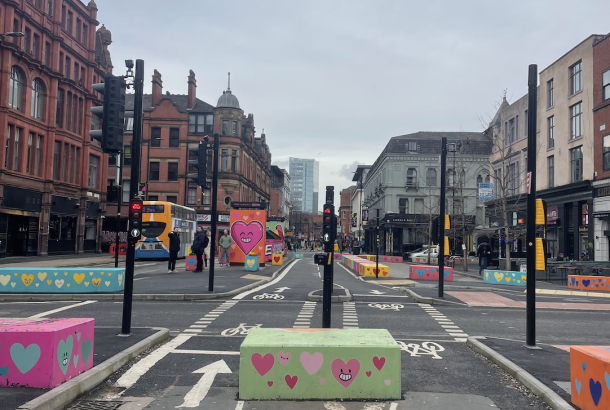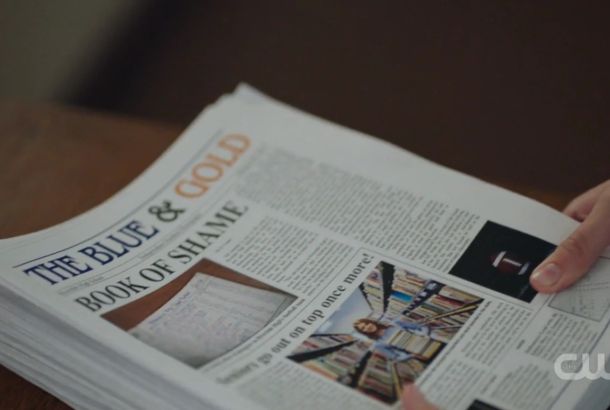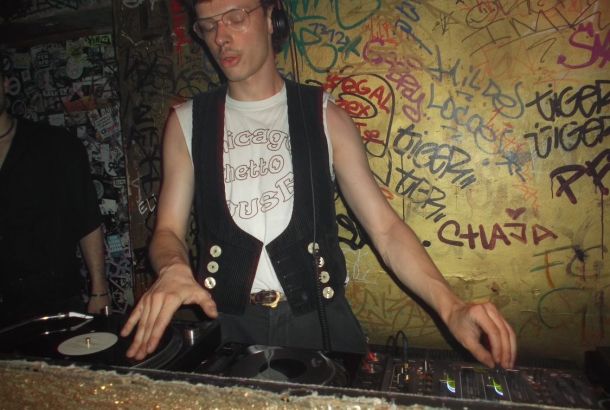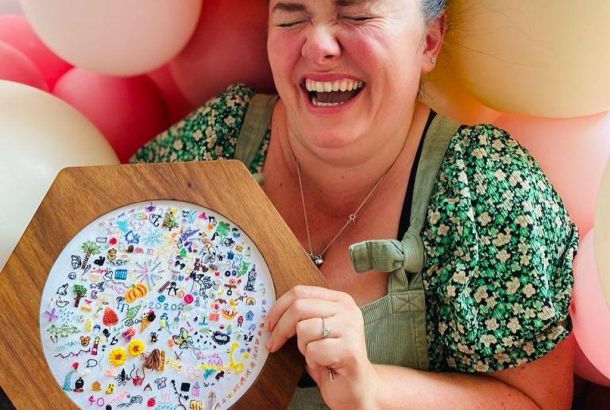Important lessons we learned about black history from Gary Younge’s lecture

“Just because he had discovered them, didn’t mean they weren’t there all along. They were there, the whole time,” says Gary Younge, talking about how Hurricane Katrina impacted New Orleans. Gary continues to explain how, like any crisis, the hurricane laid bare the racial, socioeconomic inequalities that had always been there: for the first time, the head of the federal emergency Michael Brown realised he was seeing poverty, impoverished people he never knew had existed. But the reality of poverty for black citizens of New Orleans and the inequalities that drove those conditions had always been there.
Gary is a sociology professor at Manchester University, and a British journalist having edited and written columns for The Guardian. His online lecture named ‘Black and Brilliant: Celebrating Black Achievement’, spoke out to thousands of viewers about the reality of racial injustice in the UK.
Unobstructed by the Zoom function and technical issues at the start, Gary talks the talk with charisma and an engaging tone. The viewing figures slowly rise: by the end, I notice 6.7k people have been watching.
Just as Hurricane Katrina swept devastation, and with that laid bare the overrepresentation of black people in poverty, the coronavirus pandemic demonstrates how BAME communities have always been disproportionately affected by the crisis. Gary says: “COVID can take anybody, but disproportionately takes black lives. Black people make up 13 per cent of the population, but a third of the deaths to COVID were black people.”
He highlights the frenetic social media outbursts in response to George Floyd, and I’m reminded of how, being told to stay at home, cover my mouth, practice social distancing and avoid crowds in a time of police brutality and widespread racial injustices, posting a black square on Instagram felt like an active stance. But how did I go beyond that? What could I have done more of? My friend Anna said: “Posting a black square felt like the right thing at the time. But I wonder if it was slightly performative, and I could have been taking action instead.”
“When mainstream media and political parties discover the reality of race and class and how they intersect, in that moment, it can be a lot like watching teenagers discover sex: urgently, earnestly, voraciously, and carelessly, with great self-indulgence, but precious little self-awareness. The interest never goes away, but the intensity wanes with time. Even if they knew who to ask about it, they’d be too crippled by embarrassment of their own ignorance. That was how this summer felt to me, as screens filled with slow death, and explosive rebellion, statues toppling, resistance pollinating.”
Gary explains how social media, being inherently self-indulgent, and ignorance, decidedly veiled, intersect and often can miss the mark with discussing racism and racial history. But he emphasises how we must feel emboldened, not despairing because the black squares and petitions signed and consciousnesses elevated showed something else too: a moment of recognition and unity.
“There’s a proven ability to clear space, but not to build on it; to raise awareness, but not always convert it. This has led some to despair that the moment has been squandered: the energy has petered out, the intention has moved elsewhere. But that is not how I see it. It seems to me more that the energy has pollinated into different places and spaces, in workplaces and schools, where black people and other anti-racists now feel emboldened, enconscientised. People who felt isolated have found ideological kin.”
What else do we find out? That race and class are discreetly and inherently intertwined, and for black people, you cannot earn your way out of racism, or be promoted beyond it. Class, gender, and sexuality affect how race is seen, but also racism has “political license to operate independently”. Any black person, powerful or impoverished, will experience racism.
And what of the role of students? Gary says: “There are things that can be done within the capitalist system, while recognizing its limitations.” He encourages recognizing racial injustices when they happen, thinking about what we can do today to solve them, and educating ourselves on black history.
Gary’s talk is essential viewing for anyone who posted a black square on their Instagram back in June, and anyone who didn’t because they don’t believe in the role of social media in discussing racism.
At just under two hours, Gary’s talk is nuanced, well-spoken, and crucial.
As a white middle-class student, I came away from it feeling emboldened, educated, and better informed. The black square on my Instagram feed remains up, but now, when I see my face reflected back in it, it feels like one that is taking more conscious steps to be informed on racism and black history. You can watch and listen to Gary’s talk here (it starts 12 minutes in, and ends around 36 minutes).
How to donate and support the Black Lives Matter movement during Black History Month:
- Join this recurring quiz on Black Lives Matter hosted by the Students’ Union every week of October
- Read and watch your way through lockdown with Dazed’s list of anti-racism resources here
- Read Jacklin Kwan’s guide to protesting safely during lockdown here
- Donate to this GoFundMe to demand justice for Breonna Taylor
- Donate to the Louisville Community Bail Fund
- Sign this petition to stop the deportation of Osime Brown, an autistic black man
- Read Serafina Kenny’s opinion piece on why curriculums must be diversified here
- Find a full list of petitions demanding justice for black lives on Change.org here







